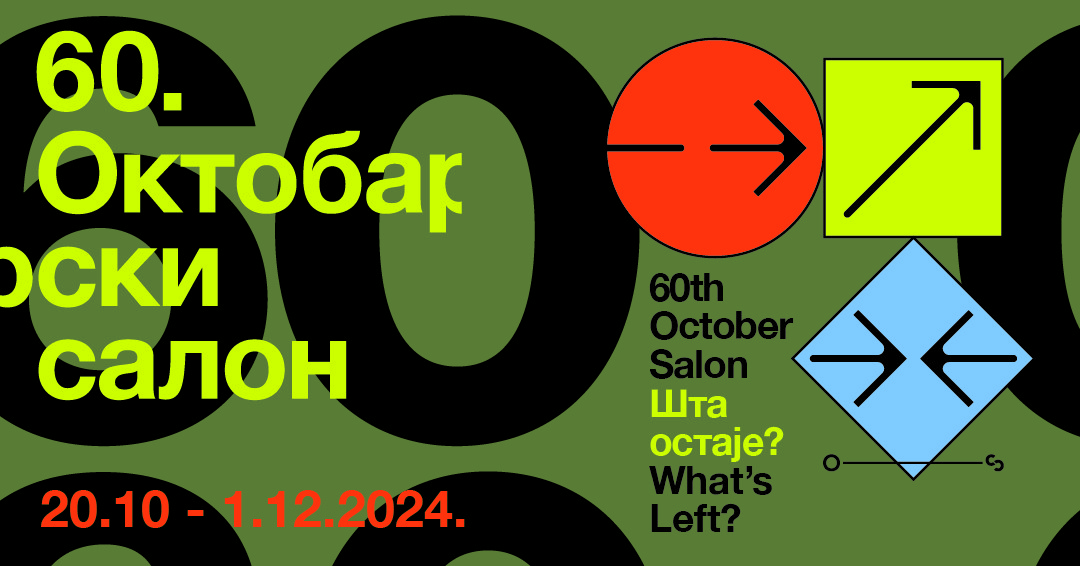The October Salon, organized by the Cultural Centre of Belgrade, has showcased a blend of local and international contemporary art practices since becoming an international event in 2004. As climate change and ecological devastation have become increasingly urgent issues, the art world has responded with works, collaborations, and performances addressing these themes. At the 60th October Salon, held over the past several weeks in venues across Belgrade, ecological concerns were evident in many works, even though the curatorial focus centered on the challenges faced by art workers—such as the scarcity of exhibition spaces and precarious working conditions.

Ecological and environmental themes, both explicit and implicit, were explored across diverse mediums. Among these was Piece (2022) by Anne Imhof, who represented Germany at the 2017 Venice Biennale, winning the Golden Lion. Displayed in the basement of the Belgrade City Museum, her video work featured wild horses roaming through the snowy, desolate landscape of Chertanovo Severnoye in Russia. The freedom of the horses contrasted starkly with the static, human-created environment of concrete buildings. Set to Bach’s St. Matthew Passion, the work juxtaposed natural and human forces and creative power. The inspiration behind the video, as Imhof explained, was the wild horses near Chornobyl— a singular imagery that brings strong environmental concerns and memories of the previous nuclear catastrophe into focus. With the specter of nuclear conflict looming large, the video became a subtle political statement on the human-nature relationship while retaining a poetic resonance.
Other pieces that further explored our relationship with nature include Edi Dubien’s delicate watercolors depicting human bodies in symbiosis with plants and animals— emphasizing humanity’s deep connection to nature—and Jesper Just’s striking installation Seminarium. This theme of interdependence challenges anthropocentrism and reflects the “multitude of ecologies—biological, technological, political, social,” as described by art historian T.J. Demos. Seminarium explored this idea further, by combining cables, glass vases, tubes, LED screens, and plants. The LED screens featured human bodies, and the violet light that emanated from them kept plants in vases alive. Their survival depended on this virtual human presence and technology, revealing a complex interconnectedness and dependency between these different living and non-living agents.

Beyond works that directly addressed the issues of interspecies relationships and nature were those that touched upon these aspects indirectly. Issues such as lack of housing, forced migration, and other related themes are often the consequences of capitalist exploitation and extractivism that devastate environments and communities across the globe. The works addressing these problems include Biljana Đurđević’s Present State, focused on the bleakness of workers’ collective housing; Malek Gnaoui’s audio-video installation Firnas, which explores dangerous migratory travels from Tunisia to Europe; and Milica Ružičić’s criticism of techno capitalism in photo series Hope= Home that brings the most advanced technology and people living on the margins together.
Whether these works serve as catalysts for a post-anthropocentric era remains to be seen in ethics, hope, and sense of community they inspire, which could possibly endure after the Salon.
The views and opinions expressed in this text are the author’s own and do not necessarily reflect the views of the Green Art Incubator platform. GAI reserves the right to embrace a diversity of opinions and open dialogue on ecological and artistic matters.





